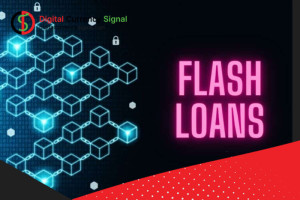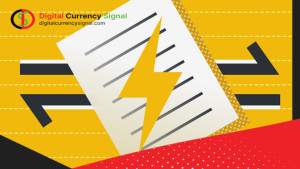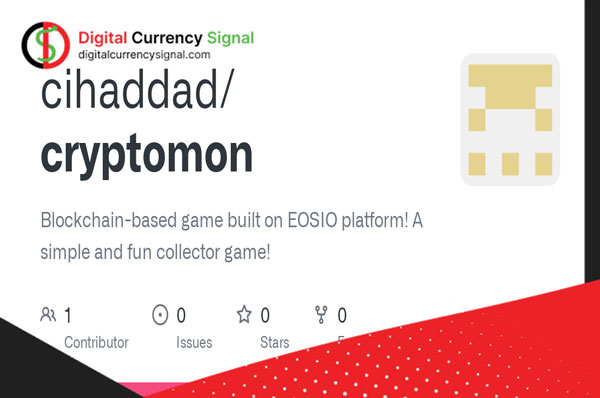You know that making money in DeFi is not just about lending or paying back. Users of this community can get money without collateral by taking quick loans or unsecured loans and get profit with arbitrage loans available on other platforms. Flash Minting is one of the new ways that DeFi can use to generate fWETH tokens without having any collateral, borrow from DeFi platforms, and earn profit by using sales opportunities.
What is Flash Coin?
Recently, the DeFi domain has become one of the most used domains in the digital currency market The capabilities DeFi provides allow users to easily interact with smart contracts and benefit from various financial services One of the attractive features of Defair is the possibility of getting a quick loan without collateral
These loan models are called flash loans, which users receive from DeFi platforms immediately after making a loan request. To use these loans, there is no need to place collateral in the protocol’s liquidity pools, and by simply communicating with the smart contract and requesting a loan, the protocol automatically provides the borrower with the liquidity required by the pool. The entire process of receiving, paying and returning the quick loan is done in one transaction.
Comparison of Flash Minting and Flash Lending
The concept of Flash Minting is very similar to the concept of Flash Loan. In both methods, the main goal is to arbitrage assets between two different platforms and make a profit, but one of the limitations of flash loans is that the total amount available for borrowing is limited by the liquidity locked in a specific protocol; This is where the concept of flash embossing comes into play. The Flash Minting mechanism allows users to create as many tokens as they need, instead of withdrawing the necessary funds from the liquidity pool and committing to them, borrowing all the assets of the platform.
The main difference between flash mint and flash credit is in solving the problem of shortage of assets in liquid pools. In Flash Lending, the user borrows tokens from a liquidity pool while in Flash Minting, the user creates new tokens. Both methods allow you to get the loan you need without collateral and then pay it off in one transaction, but emergency loans are a more sophisticated version of emergency loans.
This requires a Flash Mintable token, which can be used to generate an infinite number of tokens. Of course, the number of tokens that can be multiplied is not infinite and their value turns out to be 2,256 minus 1 power. For example, let’s say you need 1,000,000 DAI stablecoins to arbitrage between two DeFi platforms, but you don’t have that much money. Don’t worry, you don’t have to have a million dollars to use the Flash Minting mechanism. With the fDAI or (Flash-Mintable DAI) token, you can generate one million dollars of collateral-free DAI, complete the arbitrage, repay the borrowed million, and pocket the arbitrage profits.

Mintable Flash tokens are complex tokens on the Ethereum network. These tokens are backed by real tokens with a ratio of 1:1, so anyone can receive them safely and be sure that these tokens have real value. A special feature of Mintable Flash tokens is that they must be returned at the end of the transaction, so you can keep these tokens until you repay the loan. Furthermore, there is no liquidity pool, no one to receive tokens, and no one to complete the transaction except you.
What are the advantages of flash writing in flash loans?
The flash financing process has several important advantages over flash loans. Below, we discuss the most important advantages of flash mining:
Have unlimited capital
The main advantage of flash minting compared to flash loans is this feature. Flash loans are limited to the liquidity available in liquidity pools, while Mintable’s flash tokens can be multiplied by any number. With this mechanism you can borrow the desired number of tokens and use strategies to earn profits that were not possible before.
Working capital
There is no shortage of money and the Mint Flash system creates more performance for users. In this system, no sign is required until someone borrows.
Low costs
The lack of liquidity in the flash coin system means there is no need to pay fees. This means that using flash multipliers can cost close to zero.
low fee
Liquidity fund imbalances require a fee. Any change to the pool balance means paying additional fees, and since the Mintable Flash token feature does not leave the pool, the balance is always preserved and costs are saved.
How does flash mining work?
The mechanism of flash mining is similar to flash loans, where you do not need initial capital to get temporary liquidity in an atomic transaction. The difference between the two methods is that, unlike the quick loan mechanism, you are not borrowing from the liquidity pool. Instead, tokens are issued for free for your use during flash minting, and the same number of tokens must be raised at the end of the transaction or your transaction will be returned as a flash loan. In a flash coining mechanism such as flash loans, all steps are performed in a single atomic transaction. In the flash minting mechanism, the user first generates a token using a smart contract, does something with the generated token (arbitrage in DeFi platforms), then returns the generated tokens and makes a transaction.

New tokens are created during atomic processes, but you don’t own them and you can’t carry them in your pocket. By creating new tokens, you can simply transfer them between different protocols and use the arbitrage opportunity to take advantage of the price difference, return the established tokens and receive your profit. The characteristic of flash mining is that if the steps are not done correctly, the smart contract will stop the operation and destroy the generated resources.



